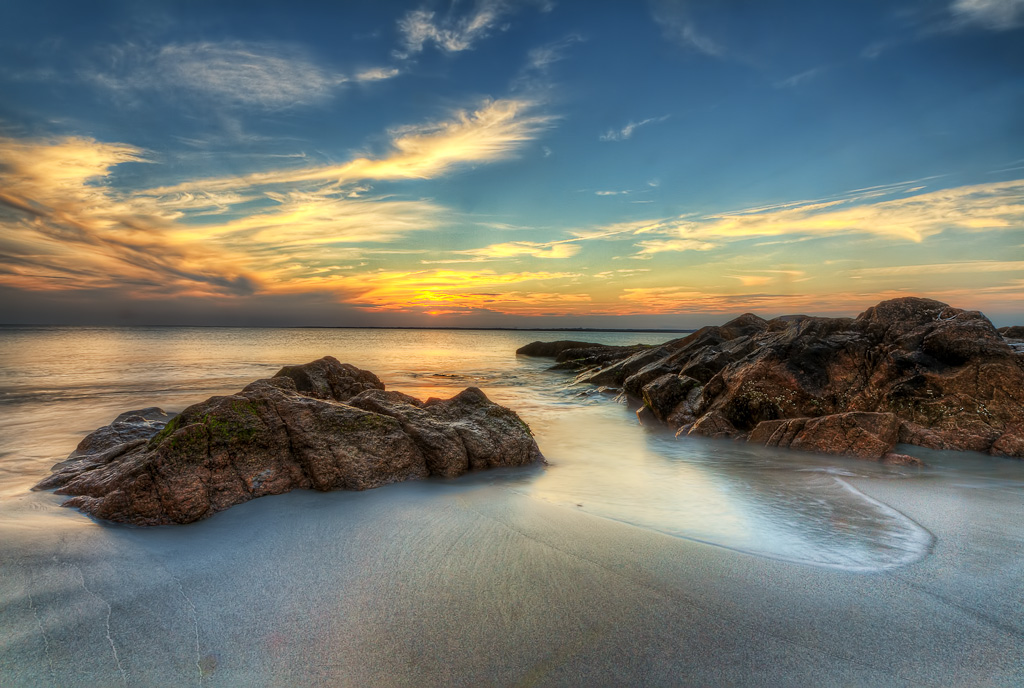Creating HDR Photogaphy
Over the past several months many of you have emailed and messaged, asking how I create my HDR photographs. When asked in the past I have hesitated to create an eBook or a tutorial. Why? Simply because there are so many of them out there that are really great! Sites like Farbspiel Photography, HDR One Magazine and Stuck In Customs offer great tutorials and step by step guides, and many of them are resources that i have used, and return to time and time again!
However, after a few weeks of thinking about it I decided that there would be no harm in sharing what I do, and how I make my HDR photographs. As I thought about my HDR photography, I realized that rather then one long blog post, I could break things down into 3 blog posts that focus on the following topics:
Shooting for HDR
Initial processing and tone mapping
Final post processing
Before we even dig into the way that I go about creating an HDR photograph , we need to understand what an HDR photograph is, and why I sometimes choose to create one. In photography the acronym HDR stands for High Dynamic Range. As amazing as today’s cameras are, they simply cannot always record the full range of light that the human eye can see. In the cases when a scene exceeds the range of light that the camera could record, the photographer would have to decide what was more important to the photograph – the highlights or the shadows, and then create an exposure that recorded that choice. HDR is a technique that allows the photographer to take multiple photos at different exposures and blend them together, preserving both the highlights and the shadows.
For many people HDR photography means an explosion of colors, and while to a degree that is true, that is not what I enjoy most out of HDR. For me HDR is even more about texture. The HDR process has an ability to help make texture a vital part of our photographs. Many HDR photos give one the impression that they can reach out and touch the subject. It is that texture that brings the photograph to life for me.
HDR has probably been one of the most talked about topics in photography during the last few years. There are some people that love it, and there are just as many that hate it. Both camps are equally passionate AND vocal!
I view HDR not as a good or bad thing, but simply as a tool. A tool that sometimes helps to achieve the artistic vision that I have. And just like any other job, there is a right tool for the job. Sometimes that tool is HDR, sometimes it is not. In my mind it really is that simple.
There are some scenes, or subject types, that scream and beg for you to use HDR. I find that old subjects, and metal machinery such as the vintage military aircraft that you would find that the Quonset Air Museum, or the classic naval vessels at Battleship Cove.
Scenes that have light sources, such as lamps and streetlights, and even the moon and sun can also make great subjects for HDR photography.
Other subjects, such as a soft delicate flower or a portrait of a young woman, might not make the best subjects for HDR. It is not wrong, it is simply that to me the photograph my not be as pleasing as the same photograph developed via a more traditional approach.
Over the course of the next several days I will be putting together 3 blog posts that detail how I do the shooting, the initial HDR processing, and final processing to create one of my HDR photographs. Do not be afraid, or intimidated – it is not really as complicated as it seems. In the majority of cases, I go from the RAW images to a final photograph in under an hour. It just takes a little practice to get the techniques down, and to establish a workflow that makes sense for you!
You can view many examples of my HDR photography in my fine art print gallery here on the web site. In the meantime, here is one of my favorite HDR images for you to enjoy! As always comments, questions, and discussions are welcome in the comments below!


2 Comments
Hey Mike,
How do you do HDR when there is movement like your example of the shoreline sunset. The water must be moving, but it doesn’t seem so in the shot. Is it just like a long exposure and the water blurs together?
Just wondering.
Hi Steve! Great question! When we bring the bracketed images into Photomatix there is an option to manually control ghosting. I use that, and will explain a few of the other tricks I use in both the article about creating the brackets and in the article about creating the HDR image.